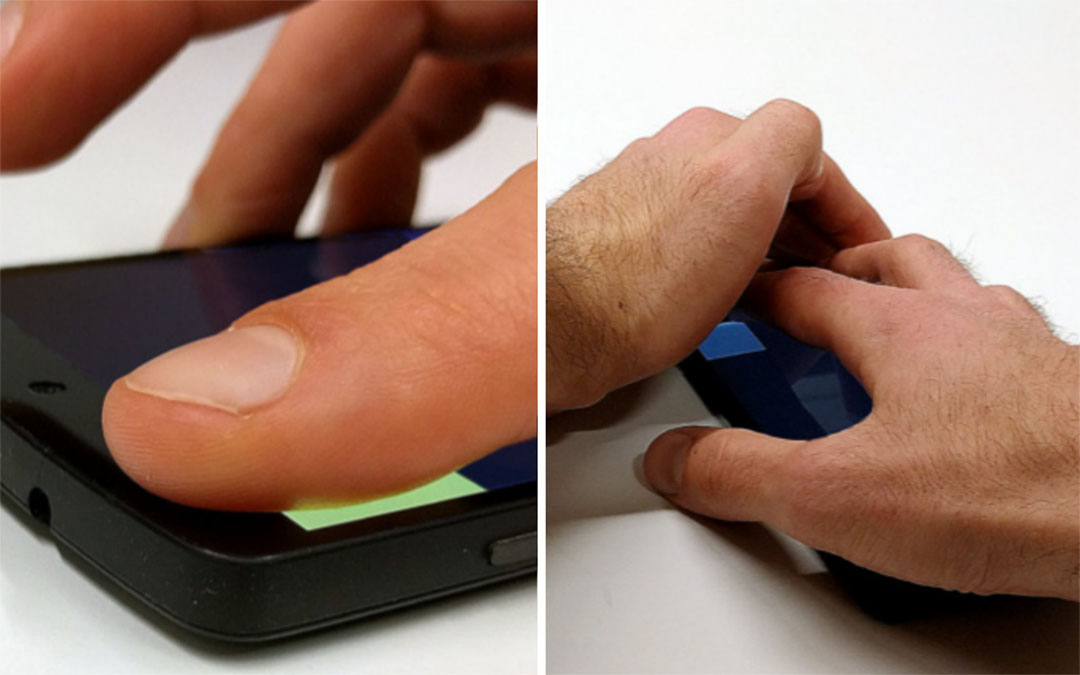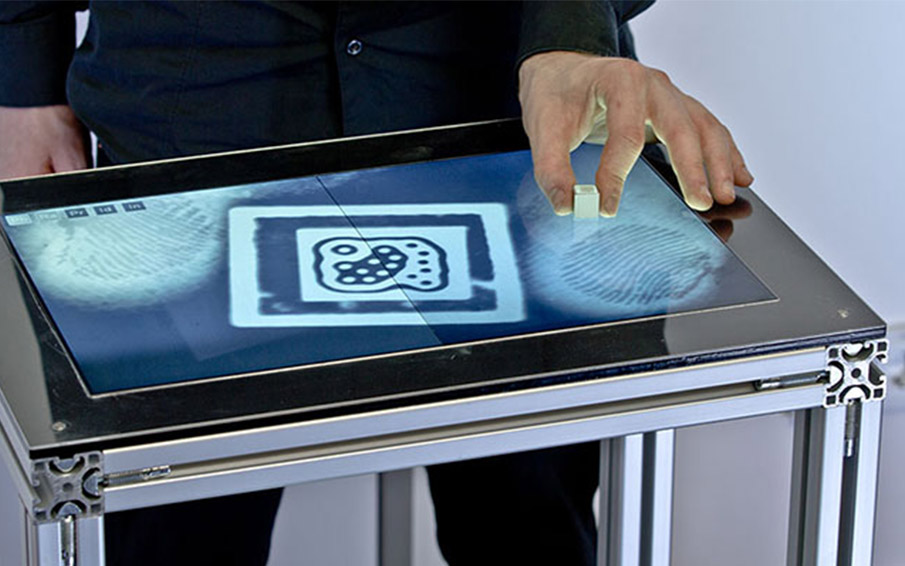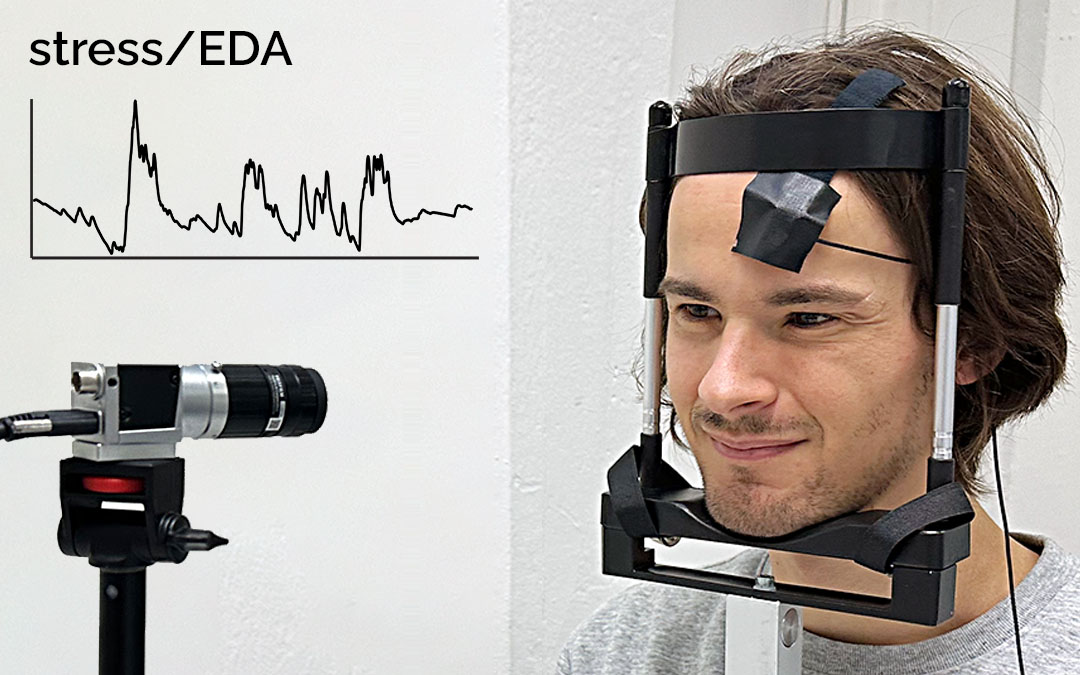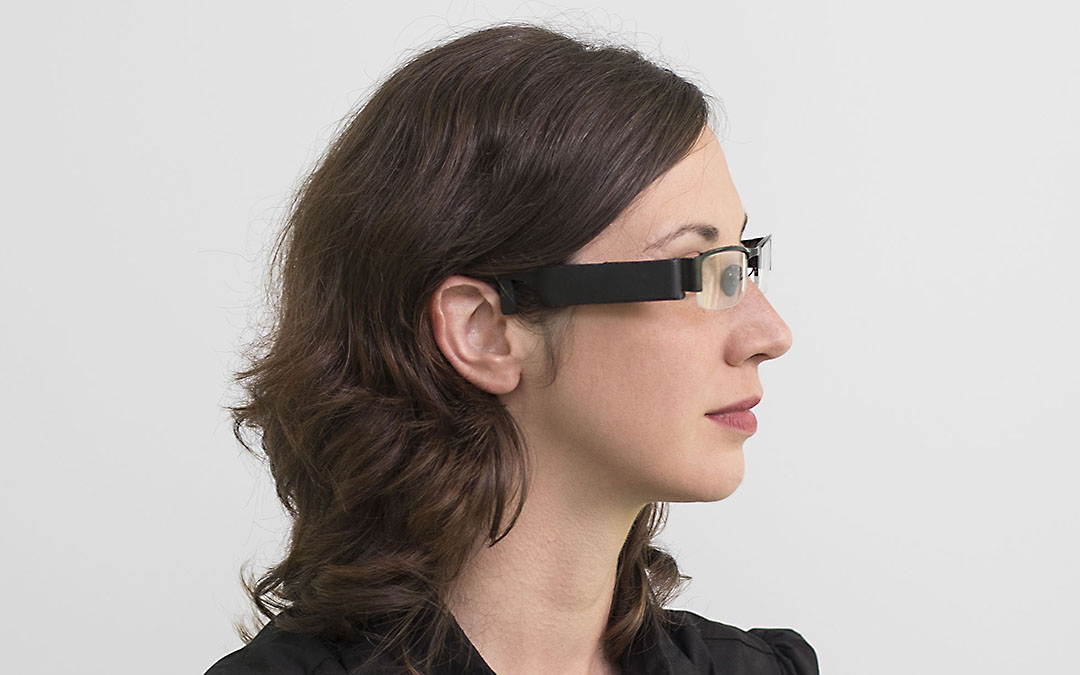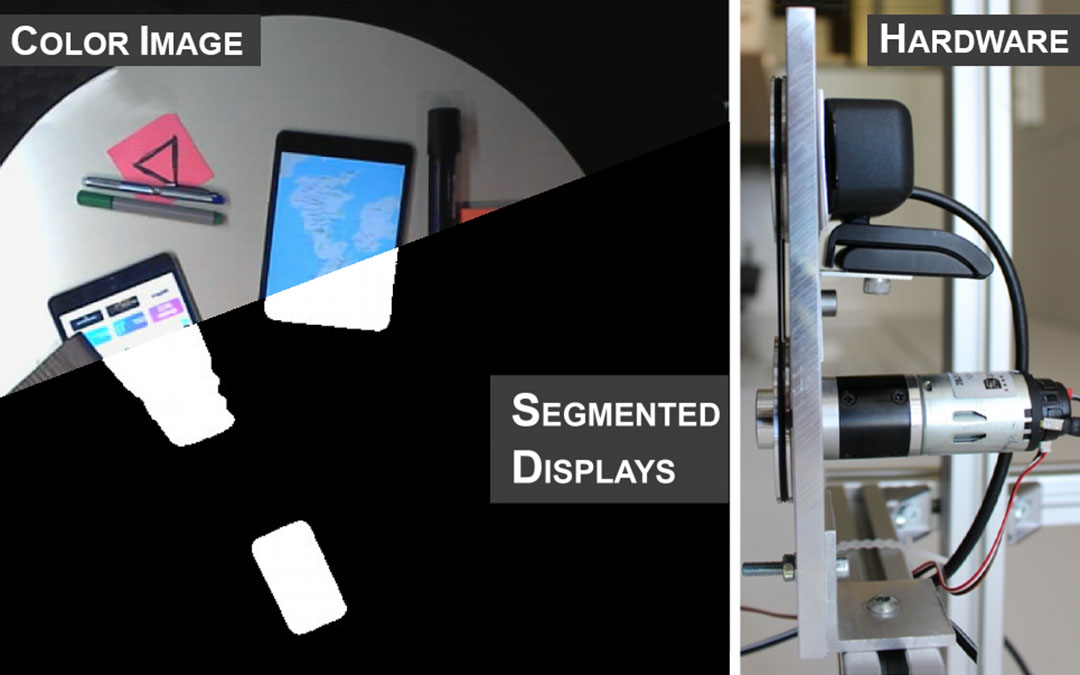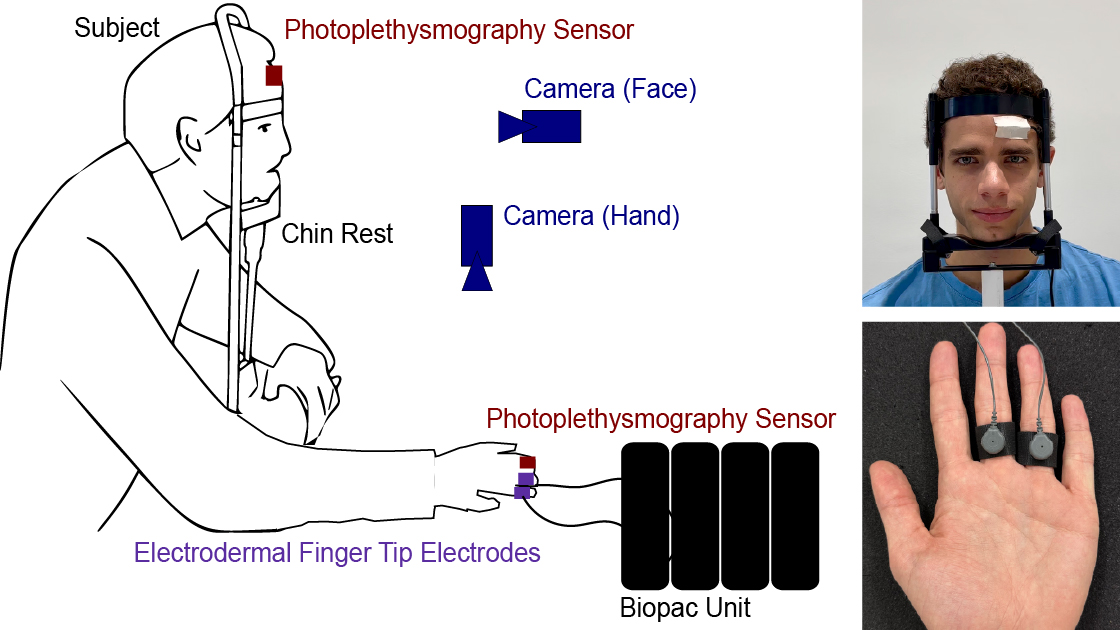Doubling the Signal Quality of Smartphone Camera Pulse Oximetry Using the Display Screen as a Controllable Selective Light Source
IEEE EMBC 2018Abstract
Recent smartphones have the potential to bring camera oximetry to everyone using their powerful sensors and the capability to process measurements in real-time, potentially augmenting people’s lives through always-available oximetry monitoring everywhere. The challenge of camera oximetry on smartphones is the low contrast between reflections from oxyhemoglobin and deoxyhemoglobin. In this paper, we show that this is the result of using the camera flash for illumination, which illuminates evenly across bands and thus leads to the diminished contrast in reflections. Instead, we propose capturing pulse using the front-facing camera and illuminating with the phone’s display, a selective illuminant in the red, green, and blue band. We evaluate the spectral characteristics of the phone display using a spectroradiometer in a controlled experiment, convolve them with the sensitivity curves of the phone’s camera, and show that the screen’s narrowband display illumination increases the contrast between the reflections in the desired bands by a factor of two compared to flash illumination. Our evaluation showed further support for our approach and findings.
Reference
Christian Holz and Eyal Ofek. Doubling the Signal Quality of Smartphone Camera Pulse Oximetry Using the Display Screen as a Controllable Selective Light Source. In Proceedings of IEEE EMBC 2018.
